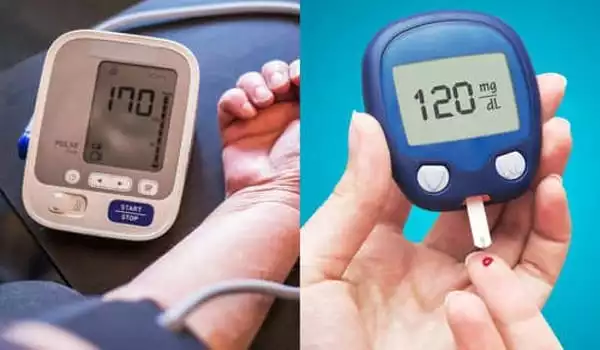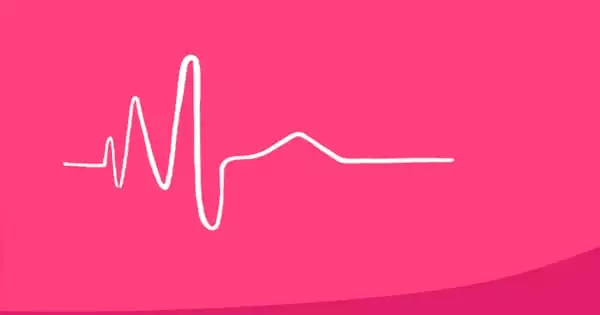High blood pressure (hypertension) can cause or worsen many diabetes complications, including diabetic eye disease and kidney disease. Most diabetics will develop high blood pressure, as well as other heart and circulation issues. Diabetes causes artery damage and makes them targets for hardening, a condition known as atherosclerosis. This can result in high blood pressure, which, if left untreated, can lead to complications such as blood vessel damage, a heart attack, and kidney failure.
An international team led by the universities of Bristol, UK, and Auckland, New Zealand, has finally solved the long-standing mystery of why so many patients with high blood pressure (known as hypertension) also have diabetes (high blood sugar). The important new discovery has shown that a small protein cell glucagon-like peptide-1 (GLP-1) couples the body’s control of blood sugar and blood pressure.
“We’ve known for a long time that hypertension and diabetes are inextricably linked and have finally discovered the reason, which will now inform new treatment strategies,” said Professor Julian Paton, a senior author and Director of Manaaki Mnawa — The Centre for Heart Research at the University of Auckland.
The study, which was published online ahead of print in Circulation Research, included contributions from scientists in Brazil, Germany, Lithuania, and Serbia, as well as the United Kingdom and New Zealand.
We’ve known that blood pressure is notoriously difficult to control in patients with high blood sugar, so these findings are really important because by giving GLP-1 we might be able to reduce both sugar and pressure together, and these two factors are major contributors to cardiovascular risk.
Professor Rod Jackson
GLP-1 is released from the gut wall after eating and acts to stimulate pancreatic insulin to control blood sugar levels. This was previously known, but it has now been discovered that GLP-1 also stimulates a small sensory organ located in the neck called the carotid body.
The researchers from the University of Bristol used RNA sequencing, an unbiased, high-throughput genomics technique, to read all the messages of the expressed genes in the carotid body of rats with and without high blood pressure. This resulted in the discovery that the receptor for GLP-1 is located in the carotid body, but less so in hypertensive rats.
Senior author David Murphy, Professor of Experimental Medicine at Bristol Medical School: Translational Health Sciences (THS), explained: “The discovery of the link necessitated genetic profiling and several validation steps. We never expected to see GLP-1 on the radar, so this is very exciting and opens up a lot of new possibilities.”

“The carotid body is the convergent point where GLP-1 acts to control both blood sugar and blood pressure simultaneously; this is coordinated by the nervous system, which is instructed by the carotid body,” Professor Paton added.
People who have hypertension and/or diabetes are at an increased risk of developing life-threatening cardiovascular disease. Even with medication, a large number of patients will remain at risk. This is due to the fact that most medications only treat symptoms and not the underlying causes of high blood pressure and diabetes.
“We’ve known that blood pressure is notoriously difficult to control in patients with high blood sugar, so these findings are really important because by giving GLP-1 we might be able to reduce both sugar and pressure together, and these two factors are major contributors to cardiovascular risk,” said Professor Rod Jackson of the University of Auckland.
Mr Audrys Paua, the study’s lead author and a British Heart Foundation-funded PhD student in Professor David Murphy’s lab at Bristol Medical School, added, “The prevalence of diabetes and hypertension is increasing throughout the world, and there is an urgent need to address this.” Drugs that target the GLP-1 receptor have already been approved for human use and are widely used to treat diabetes. These drugs, in addition to helping to lower blood sugar, also help to lower blood pressure; however, the mechanism of this effect is not well understood.”
“This study discovered that these drugs may work on the carotid bodies to exert their anti-hypertensive effect. As a result of this work, we are already planning human translational studies to put this discovery into practice, so that patients who are most vulnerable can receive the best treatment available.”
However, GLP-1 is only the beginning. The study uncovered a slew of new targets for ongoing functional studies, which the team hopes will lead to future translational projects in human hypertensive and diabetic patients.
















